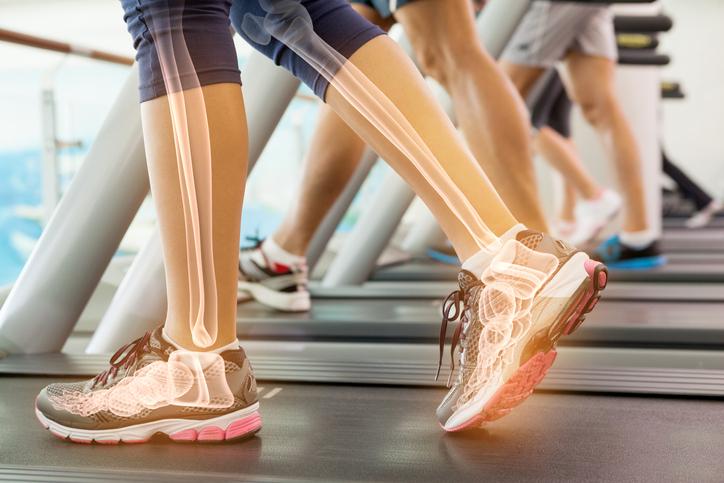Biomechanical assessment

Who needs biomechanical assessment?
Our podiatrists carry out biomechanical assessment to find out any foot mechanical irregularities or abnormalities that contribute to pain in the lower limbs or lower back; as well as problems directly affecting the feet such as bunion / corns and calluses / tendinopathies.
In our Uxbridge clinic, our podiatrist will first take a thorough clinical history from you, taking into consideration your lifestyle, as well as your occupation and hobbies. We will then closely observe you standing / walking / running to identify the irregularities or asymmetry that contribute to your problem.
Once we have identified the causes of your problems we can develop a tailor-made treatment plan to improve your symptoms. This may involve one or more of the following:-
- Exercise to stretch or strengthen muscles
- Physiotherapy treatment for specific musculoskeletal cause.
- Custom orthotics - specially made devices for you to wear inside your show to control / re-align / cushion the abnormalities
How is biomechanical assessment done?
You will need to bring your usual footwear together with a pair of shorts to change into, so that we can observe your knee movement in the assessment.
- Static assessment: we will first take various measurements with you laying down and than standing up - these measurement will provide an overview of the biological asymmetry that we are all naturally born with.
- Dynamic assessment: we will then perform dynamic assessment with you walking (or running) on a exercise treadmill so that we can understand what is happening during various phases of your gait - we often use a video camera to film your gait on the treadmill (video-assisted analysis). This is useful both for us to thoroughly analyse your gait but also provide us with the visual demonstration to show you exactly where the malalignment / abnormalities lie and how we can help to correct it.